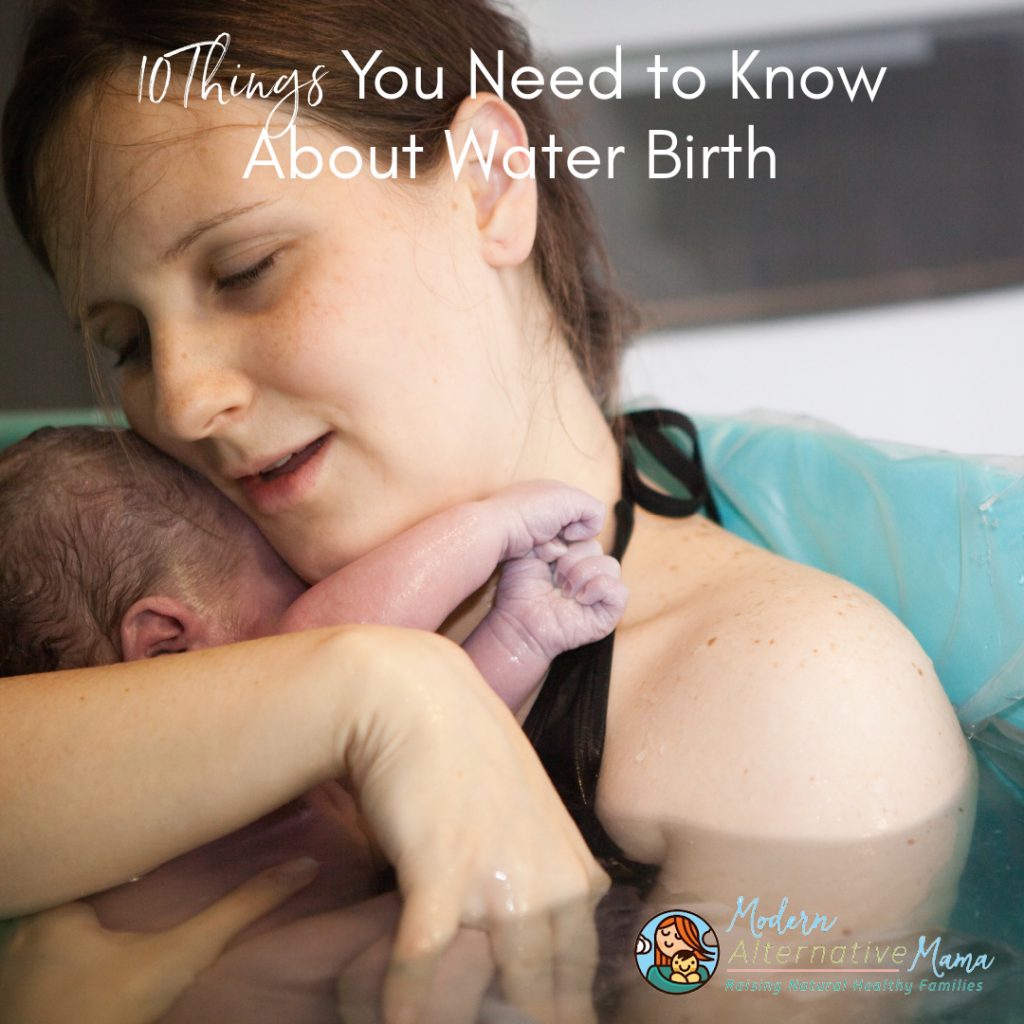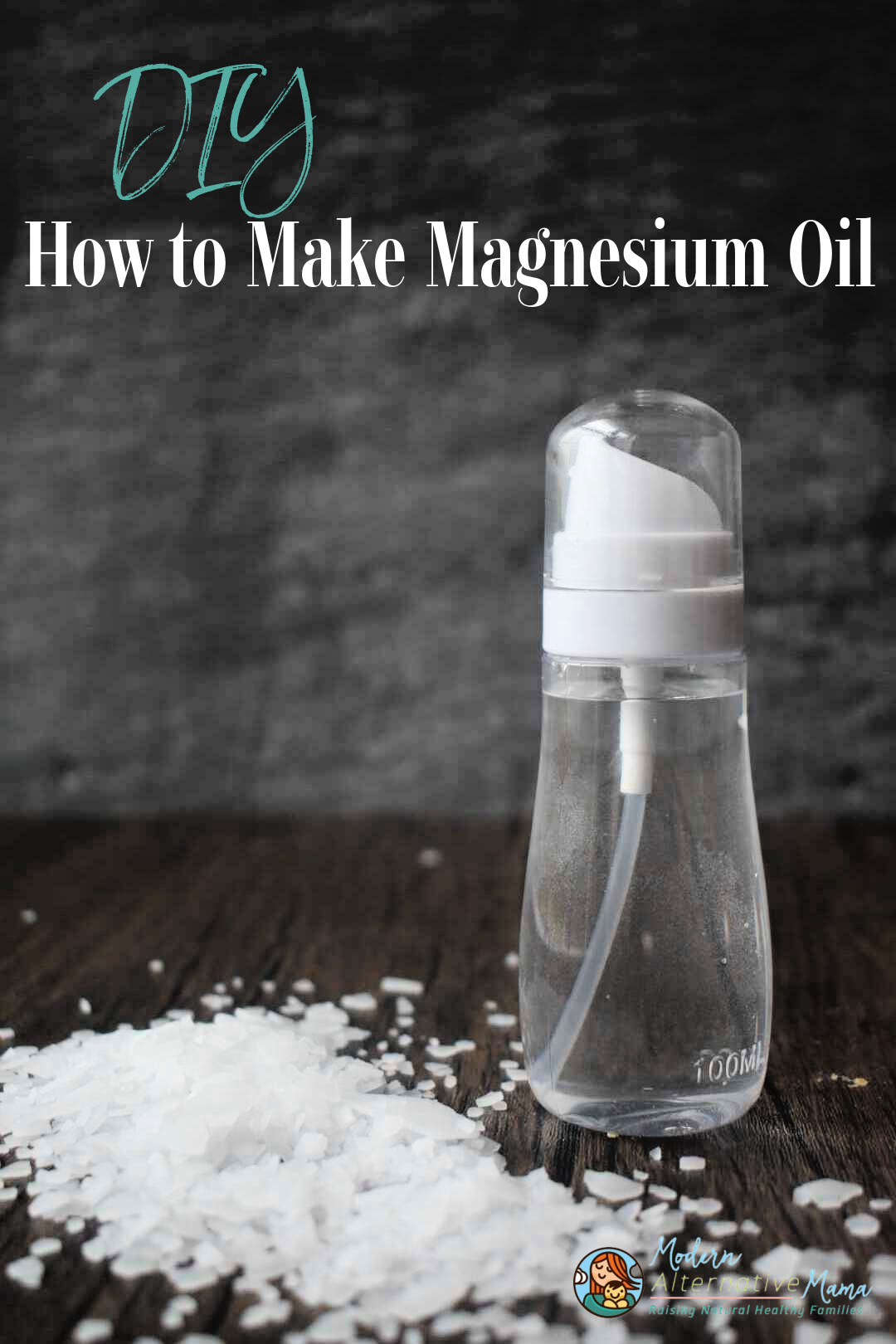Water birth sounds so magical, unless, of course, you’re afraid of the water. The truth is that water birth can ease pain and bring more calm to the birth for mom and baby, though there are a few things you will want to know.
By Danielle, contributing writer
Water birth is becoming more and more popular in the United States, especially in California. Numerous celebrities are publicly opting for home and water birth, making the subject a bit more mainstream. While a number of hospitals do allow women to labor in tubs, they do not typically allow water birth for both sanitary reasons and physician’s comforts and concerns. The main arena for water birth in the U.S. is at home. Even though ACOG has noted that they find no major health risks to water birth, most hospitals are still not allowing it, and most scientists are not studying it.
My Experience
I birthed two babies at home and was in the water for labor, however, I only had one water birth. In general, I found the water to be comforting and calming, allowing me to move while in pain easier than on land. It also felt like this was my space, my territory, where I needed to be completed open and secure. I do feel that the water helped with labor pains for both births and that the transition for my baby into the water was much gentler than the land birth.
10 Things You Need to Know About Water Birth
- There will be poo and blood in the water. Yes, this is a part of any birth that we would rather ignore. But, it is totally safe for mom and baby.
- The water not only provides pain relief and a nice break from gravity during labor, but also ease of movement for position changes. Most women find this extremely helpful during labor.
- A water birth is a gentler transition for baby from his bag of waters to the air world.
- You will know when to bring the baby above water, if you decide to not do so immediately. Babies seem to naturally realize they are out of the womb, whether its the new expanded space, colder water, or something else. Most moms see their babies flail their arms and legs slightly the first few days after birth as they adjust to life outside of the water-filled womb with gravity. A baby will do the same thing when birthed into water, and that’s a good time to slowly bring baby to surface. However, you do not want the baby underwater for more than a minute or two.
- It does take some preparation. You should have your birth partner practice filling and emptying the tub before baby arrives, and keep the tub inflated before. You will need a source of hot water, a hose, and an adapter for the sink you are filling from on hand (and don’t lose it!). Purchase a water thermometer so that your birth team can keep the water temperature warm for you and baby. Keep a handful of towels near the birth pool, and consider a robe to wear once you get out. Lining the floor with towels or a tarp can keep the floor drier and less slippery.
A major consideration is the height of the pool. You want it deep enough to cover your belly when on your knees, but not so deep/tall that you can’t climb out easily. A stool may be necessary, so try it out beforehand.
On that note, you have a few choices regarding tubs. Ask your midwife if she has a tub to rent, and if not, you may ask around in birth circles. A tub liner, which keeps things sanitary, is about $40. A new tub is generally around $115 and up for larger or more luxurious sizes. During birth, you will want a large stockpot constantly warming on the stove to swap in fresh, warm water for you. While a bonified birth tub is lovely, I made do with a kid’s pool (I am short) for my 1 hour waterbirth. I am glad it saved me $100, but you never know how long a birth is beforehand, do you? - Yes, it is safe; but it does have some risks, including that the baby and a slight increased risk of the umbilical cord breaking. However, be sure to have an experienced provider on hand to alleviate these risks.
- Water birth can help speed up labor, but it can also slow it down. For me, the birthing tub provided a change of pace. When I needed a break or change, I could go into the water for a change of scenery. The water normally calms a woman, allowing her to relax. That can help clear her head and allow labor to progress, but it can also slow it down if that’s what needs to happen. Some hospitals only allow a woman to go into the water at a certain dilation.
- The water allows increased blood circulation to your uterus, helping contractions be more productive!
- A water birth may reduce tearing by relaxing the perineum during delivery.
- There’s no guarantee you will get to birth in the water. I hate to say this, but it’s best to understand flexibility is a must before you get your hopes set on a birth method. Childbirth is unpredictable! If you prepare and all goes according to plan, yes, you will have your beautiful water birth. But, you may run into complications that don’t allow you to birth in the water, or you may simply not want to. Whatever happens, is okay.
Regardless of your birth choice, be sure that you have a birth team and provider that supports your desires. You are the protector of your health, your child, and your birth, and be loud and proud of your demands. A water birth is truly a wonderful way to bring a baby into the world.







